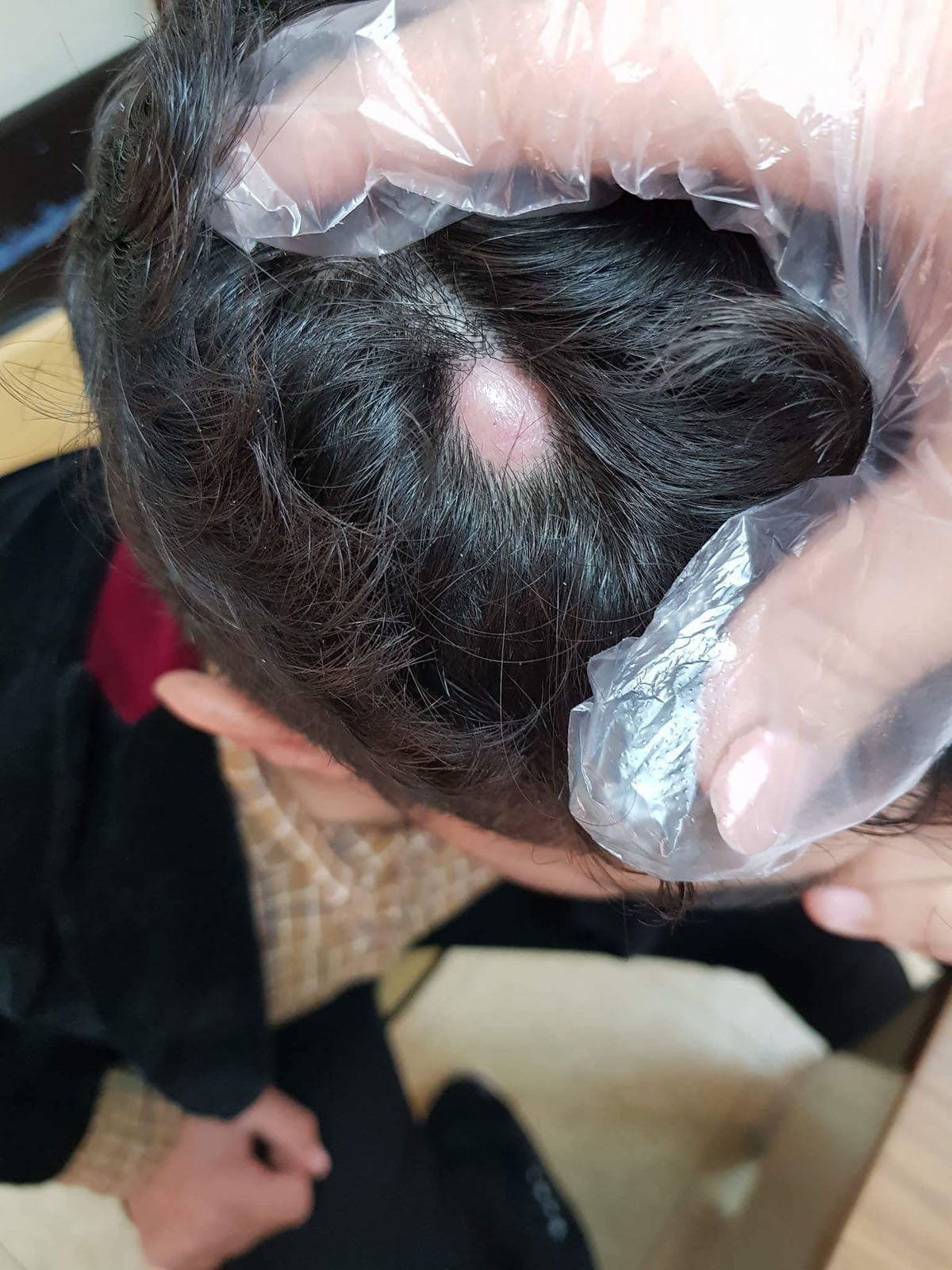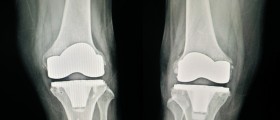
When the synovial fluid gets out of the joint capsule it results in a condition called Baker’s cyst. Synovial fluid serves to lubricate the knee joints, so this condition is more likely to present itself in patients already suffering from a type of degenerative joint disease or osteoarthritis. Another cause for Baker's cyst can be an injury or inflammation of the joints, or it may arise from a chronic type problem other than degenerative joint disease.
If the right symptoms appear, there may well be a need for removal surgery. Another way of treating it is by aspirating the content that causes the discomfort. This method, however, may prove to be insufficient as there are cases where the condition reappears. Thus cyst removal is a better option in general.
The surgery itself is quite simple. It carries common risks of bleeding and infection. Still, it is reasonably fast and the recovery treatment is pretty basic. As for the complications unrelated to any medical procedure, there are known cases where the cyst grew enough to actually burst, causing swellings in the affected area.
The surgical removal is usually conducted through an incision made across the back of the knee. Being more radical than other methods, this procedure is only advised if there is a considerable amount of discomfort caused by the cyst.
Once the patient is anesthetized, the surgeon will make sure the skin in the area in question is free of infections. The incision is made and the cyst located. Separation from the surrounding tissue ensues. Special caution is advised so as to keep the surrounding nerves and blood vessels from harm.
Following the procedure, the knee will be bandaged and a check-up will be scheduled. The removal of stitches usually happens in about 2 weeks. Possible side effects include mild discomfort treated by pain medicine. These will be prescribed and should be taken strictly as instructed. The most common complication during this period is an infection. In its absence, a complete recovery is expected in about four weeks.
In conclusion, it is important to know that while this condition is far from being life-threatening, it can pose some serious discomfort. Also, its symptoms may wrongfully point to more serious problems. That is why it is important to know that this condition is restricted to the knee. This type of cyst is never cancerous and cannot evolve into it. Complete removal usually gives the best results, but a complete prevention of new cysts can be achieved only through treating the underlying causes.




-Arthritis_f_280x120.jpg)



-Symptoms,-Diagnosis,-Treatment_f_280x120.jpg)







-Symptoms,-Diagnosis,-Treatment_f_280x120.jpg)
Your thoughts on this
Loading...